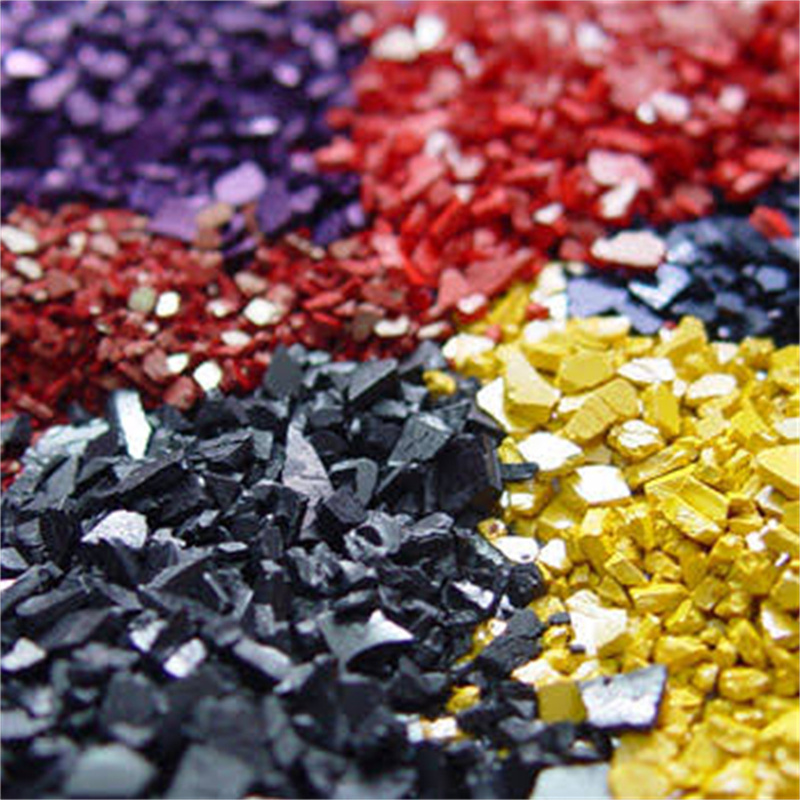-
Categories
-
Pharmaceutical Intermediates
-
Active Pharmaceutical Ingredients
-
Food Additives
- Industrial Coatings
- Agrochemicals
- Dyes and Pigments
- Surfactant
- Flavors and Fragrances
- Chemical Reagents
- Catalyst and Auxiliary
- Natural Products
- Inorganic Chemistry
-
Organic Chemistry
-
Biochemical Engineering
- Analytical Chemistry
-
Cosmetic Ingredient
- Water Treatment Chemical
-
Pharmaceutical Intermediates
Promotion
ECHEMI Mall
Wholesale
Weekly Price
Exhibition
News
-
Trade Service
Pigment Yellow 3 is a commonly used yellow pigment in the chemical industry.
It is also known as hansa yellow or metal complex yellow.
The synthetic routes of Pigment Yellow 3 can be classified into three main categories: the sulfonation process, the chlorination process, and the sulfuric acid process.
The Sulfonation Process
The sulfonation process is the most commonly used process for the synthesis of Pigment Yellow 3.
In this process, a mixture of sodium dimethylgloxime and sodium hydroxide is added to a solution of 2,4-dinitrochlorobenzene.
The mixture is then heated to a temperature of around 100°C, and the resulting product is then filtered and washed to remove any impurities.
The final product is then treated with sulfuric acid to convert it into Pigment Yellow 3.
The Chlorination Process
The chlorination process is another method for the synthesis of Pigment Yellow 3.
In this process, 2,4-dinitrochlorobenzene is treated with a mixture of hydrochloric acid and zinc chloride.
The resulting product is then filtered and treated with sodium hydroxide to convert it into Pigment Yellow 3.
The Sulfuric Acid Process
The sulfuric acid process is a variation of the chlorination process.
In this process, 2,4-dinitrochlorobenzene is treated with a mixture of hydrochloric acid and sulfuric acid.
The resulting product is then filtered and washed with water to remove any impurities.
The final product is then treated with sodium hydroxide to convert it into Pigment Yellow 3.
Advantages and disadvantages of the synthetic routes
All of the synthetic routes for Pigment Yellow 3 have their own advantages and disadvantages.
The sulfonation process is widely used because it is relatively simple and inexpensive.
However, it produces a product that is not as stable as the products produced by the other routes.
The chlorination process and the sulfuric acid process produce more stable products, but they are also more expensive and more complex to execute.
Applications of Pigment Yellow 3
Pigment Yellow 3 is widely used in the chemical industry as a yellow pigment in paint, ink, plastic, and textile production.
It is also used as a food additive and a cosmetic ingredient.
Pigment Yellow 3 is known for its excellent color strength, coloring power, and tinting strength.
It is also highly resistant to light and heat, making it ideal for use in outdoor applications.
Conclusion
Pigment Yellow 3 is a widely used yellow pigment in the chemical industry.
The sulfonation process, the chlorination process, and the sulfuric acid process are the main synthetic routes for Pigment Yellow 3.
Each of these routes has its own advantages and disadvantages.
Pigment Yellow 3 is used in a wide range of applications, including paint, ink, plastic, textile, food additive and cosmetic ingredient.
Its excellent color strength, coloring power, and tinting strength make it a popular choice for use in outdoor applications.







